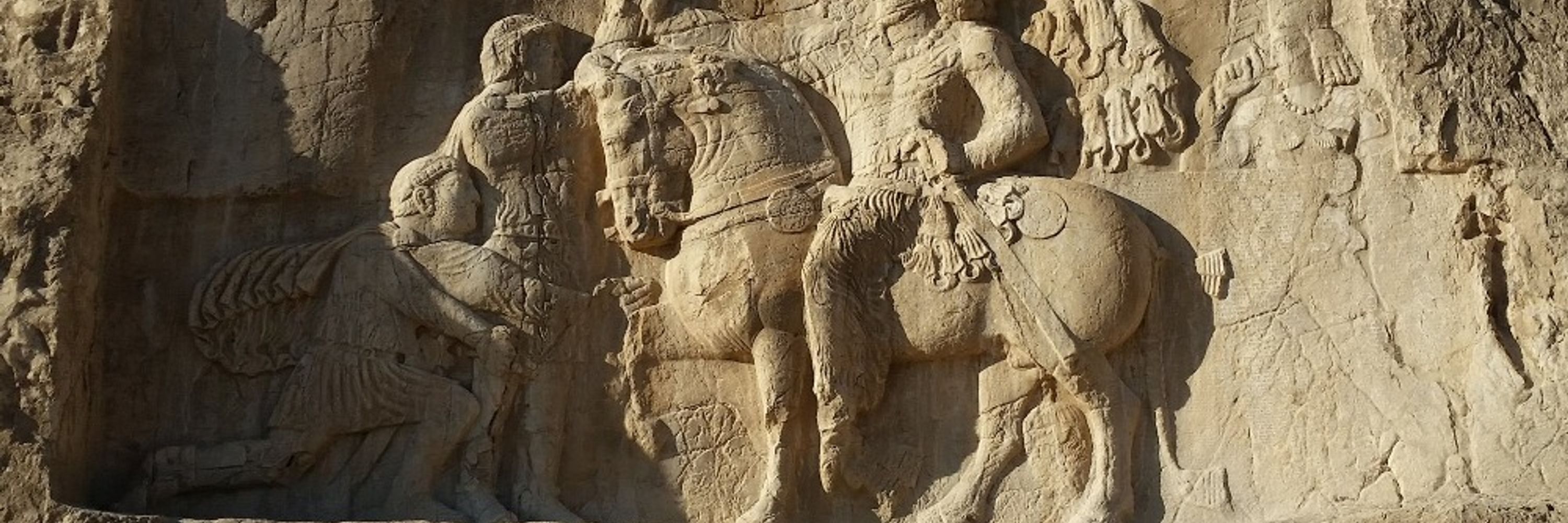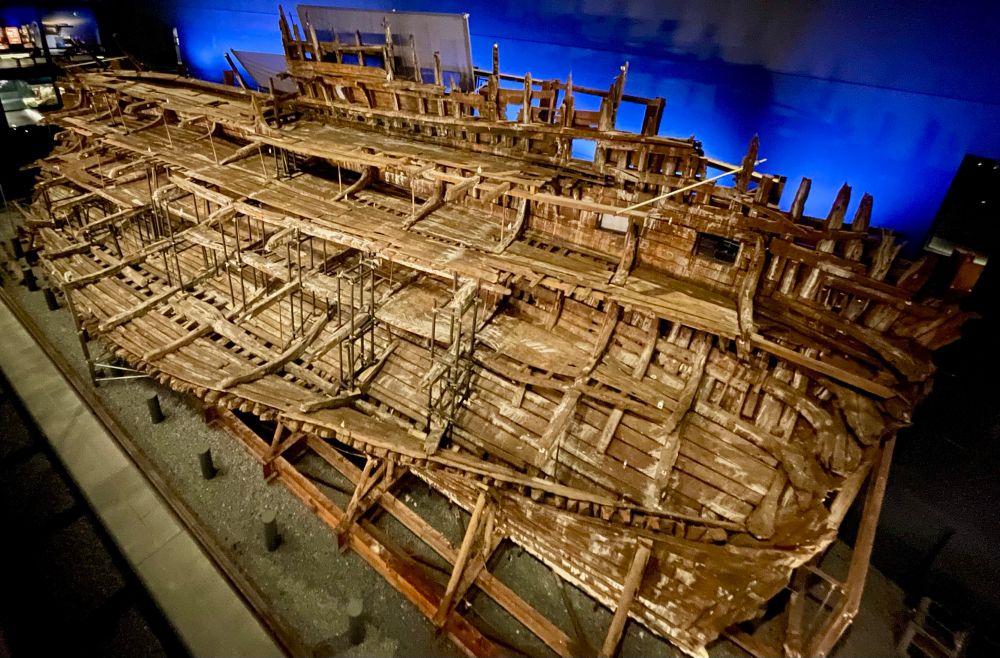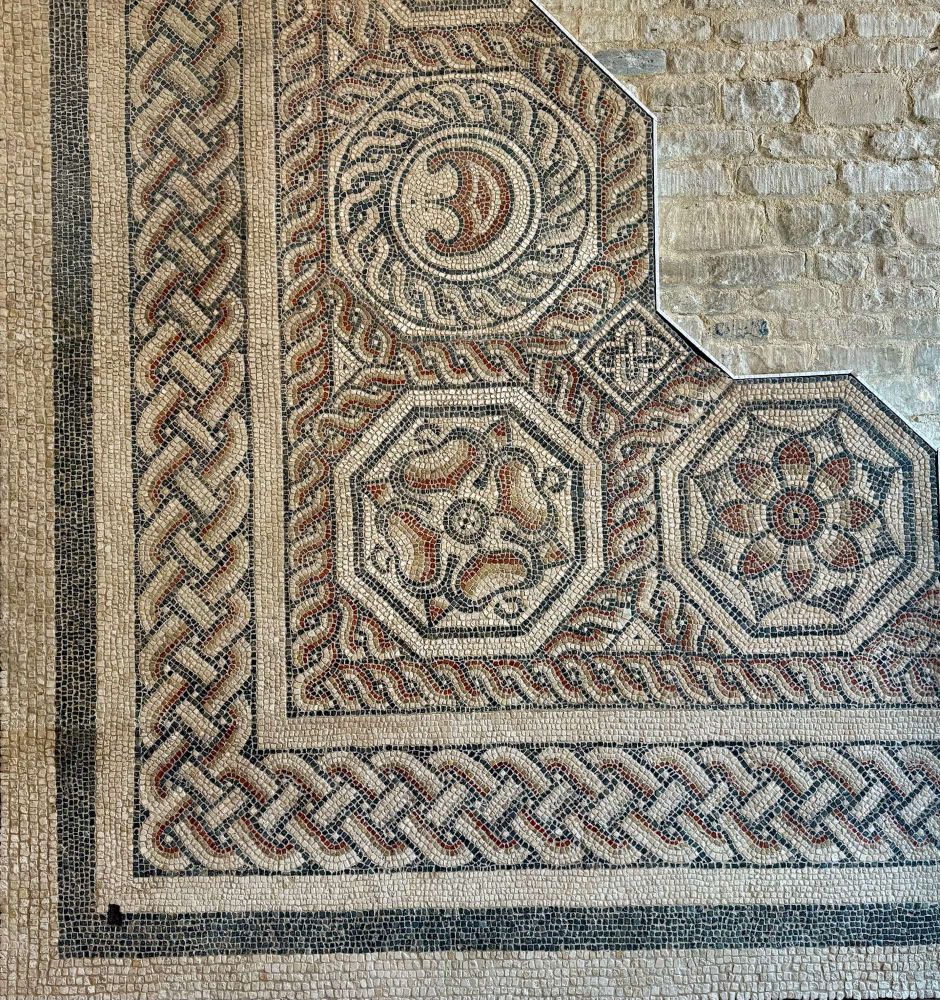Nina Willburger
@drnwillburger.bsky.social
18K followers
3.3K following
2.9K posts
Archaeologist | Permanent Representative of the Director, Archäologisches Landesmuseum Baden-Württemberg | Adjunct lecturer State Academy of Fine Arts Stuttgart | Private account, views are mine 🖖
Posts
Media
Videos
Starter Packs
Pinned
Reposted by Nina Willburger
Reposted by Nina Willburger
Reposted by Nina Willburger
Reposted by Nina Willburger
Reposted by Nina Willburger
Reposted by Nina Willburger
Reposted by Nina Willburger
Reposted by Nina Willburger
Reposted by Nina Willburger
Reposted by Nina Willburger
Reposted by Nina Willburger
Reposted by Nina Willburger
Reposted by Nina Willburger
Reposted by Nina Willburger
Reposted by Nina Willburger
























